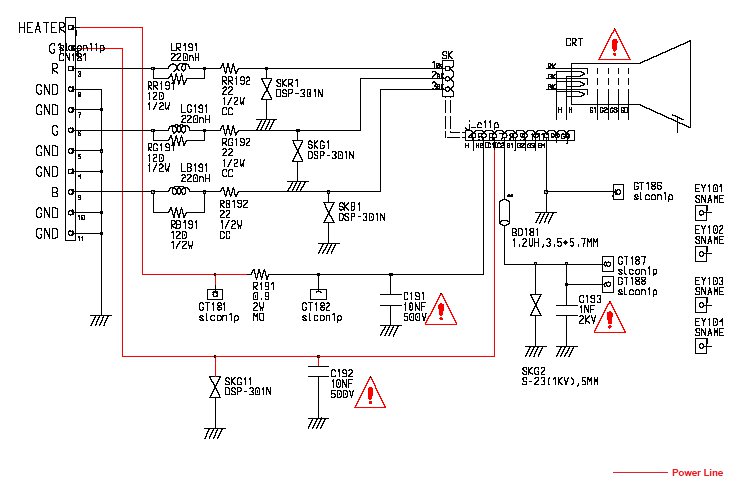CRTs
CRT stands for Cathode Ray Tube.
CRTs receive their picture through an analogue cable, and that signal is decoded by the display controller, which handles the internal components of the monitor - think of it as the mini-CPU for the monitor.
CRTs have a distinctive funnel shape. At the very back of a monitor is an electron gun. The electron gun fires electrons towards the front through a vacuum which exists in the tube of the monitor. The gun can also be referred to as a cathode - hence the electrons fired foward are called Cathode Rays.
These rays correspond to to the red, green and blue channels of the display and video card.
At the neck of the funnel-shaped monitor is an anode, which is magnetised according to instructions from the display controller. As electrons pass the anode, they are shunted or pulled in one direction or the other depending on how magnetic the anode is at that time. This moves the electrons towards the correct part of the screen.
The electrons pass through a mesh, and this mesh defines the individual pixels and resolution on the screen. Electrons that pass through the mesh then hit the phosphor coating which is on the inside of the glass screen. When the particles hit the phosphor, they immediately light up - causing the light to shine through the front of the monitor, thus making up the picture on the screen. There are three differently coloured phosphours for each pixel (known as phosphor triads), and depending on which phosphor the electron hits, that's which colour the pixel will light up.




 ශිල්ප 64
ශිල්ප 64